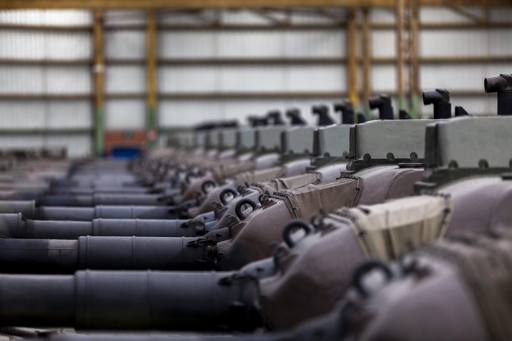

So, the elephant in the room is Chrome killing ad-blocking.
I think that Firefox (and Firefox forks, like Zen Browser) have low-enough marketshare that websites that depend on ad revenue may just kill support for Firefox if Firefox does permit ad blocking.
https://gs.statcounter.com/browser-market-share
As of February:
Chrome: 66.3%
Safari: 17.99%
Edge: 5.33%
Firefox: 2.62%
The software used to view the Web in 2025 is really mostly under the control of either Google or Apple.























I use gdb myself.
I don’t know exactly what you’re after. From the above, I see:
“easy to use”
" the mouse is faster, not slower"
You don’t specify a language, so I’m assuming you’re looking for something low-level.
You don’t specify an editor, so I’m assuming that you want something stand-alone, not integrated with an editor.
There are a number of packages that use gdb internally, but put some kind of visualization on it. I’ve used emacs’s before, though I’m not particularly married to it — mainly found it interesting as a way to rapidly move up and down frames in a stack — but I’m assuming that if you want something quick to learn, you’re not looking for emacs either.
Maybe seer? That’d be a stand-alone frontend on gdb with a GUI. Haven’t used it myself.
EDIT: WRT gdb, the major alternative that I can think of to gdb is dbx, and that’s also a CLI tool and looks dead these days. gdb is pretty dominant, so if you want something mouse-oriented, you’re probably going to have some form of frontend on gdb.
There are other important debugging tools out there, stuff like valgrind, but in terms of a tool to halt and step through a program, view variables, etc, you’re most-likely looking at gdb, one way or another, unless you’re working in some sort of high-level language that has its own debugger. If you want a GUI interface, it’s probably going to be some sort of frontend to gdb.
EDIT2: Huh. Apparently llvm has its own debugger, lldb. Haven’t used it, and it’s probably not what you want anyway, since it’s also a CLI-based debugger. I am also sure that it has far fewer users than gdb. But just for completeness…guess you already looked at that, mentioned it in your comment.